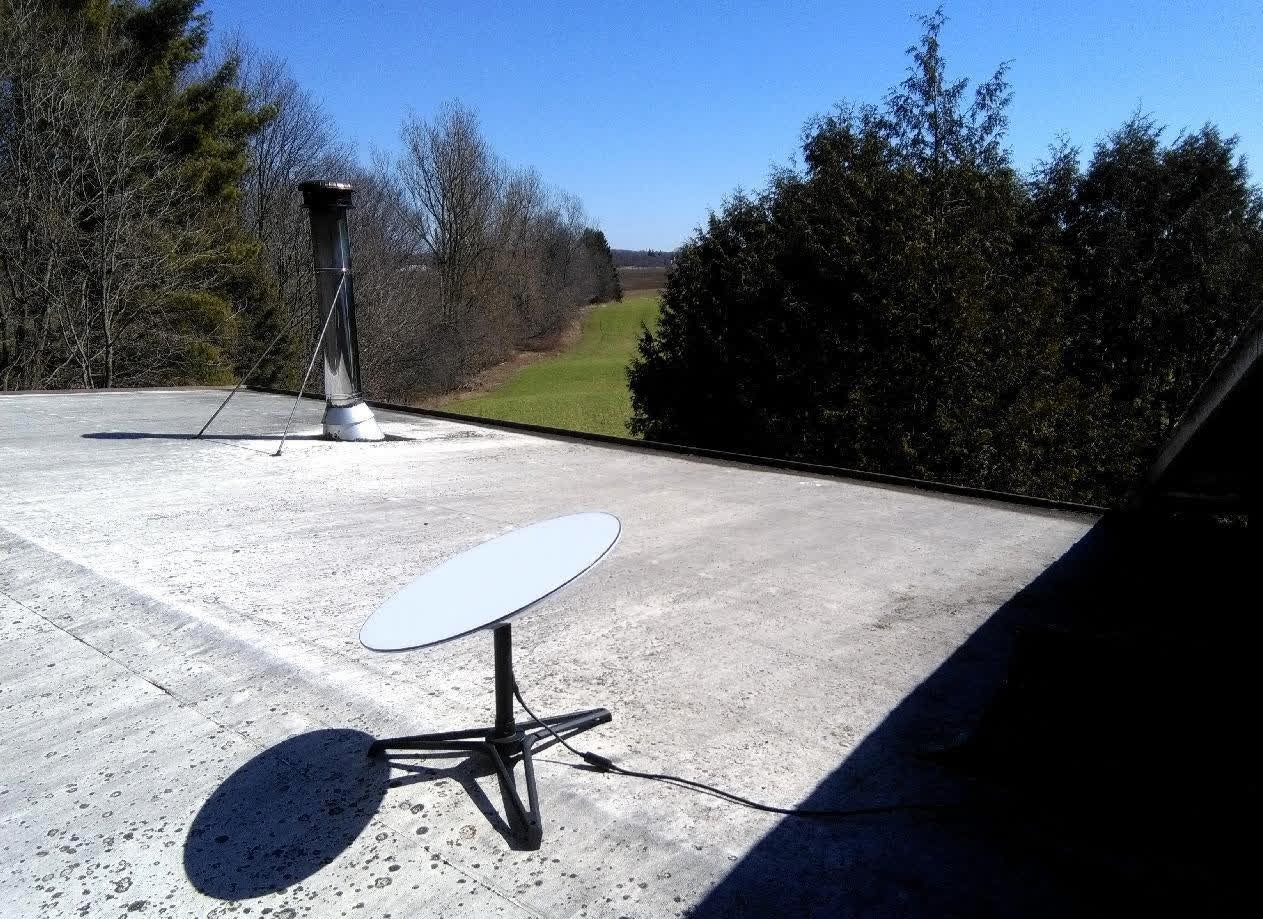In a nutshell: SpaceX has filed an application with the FCC, requesting a blanket license for its 'high performance Earth stations in motion' or ESIMs that will help expand Starlink's broadband internet to moving vehicles like cars, boats and planes. The newer dishes will also come with improved connectivity features and a ruggedized build to withstand harsh environments.

Considering Elon Musk's plans to launch Starlink globally as soon as this month, it's not surprising to see SpaceX preparing a newer, improved Starlink dish for rapid expansion of the broadband service for users on the move.
In a recent filing with the FCC, SpaceX notes that its new high-performance Starlink dish will work with higher gain and lower transmit power, a higher scan angle (minimum elevation of 25 degrees), and will come with rugged features for continued operation in harsh environments. The company had already applied for using its next-gen dish tech on moving vehicles (cars, boats and planes) a couple of months ago, though a 'ruggedized' version wasn't specified at the time.

During Starlink's beta, a dish went into thermal shutdown for a user in Arizona, keeping them offline for 7 hours as the temperature hit 122F/50C. Although no temperature limit has been specified for the newer model, SpaceX says the dish will be able to handle greater extremes of heat/cold, feature improved snow/ice melt capabilities, and will withstand a greater number of thermal cycles.
SpaceX hasn't shared any designs of its upcoming dish, but it can be expected to feature some external changes considering that it'll need to be integrated with aircraft, ground vehicles and ships. Starlink currently costs $499/terminal, and at a loss to SpaceX, so it'll be interesting to see how the next-gen dish affects that price.